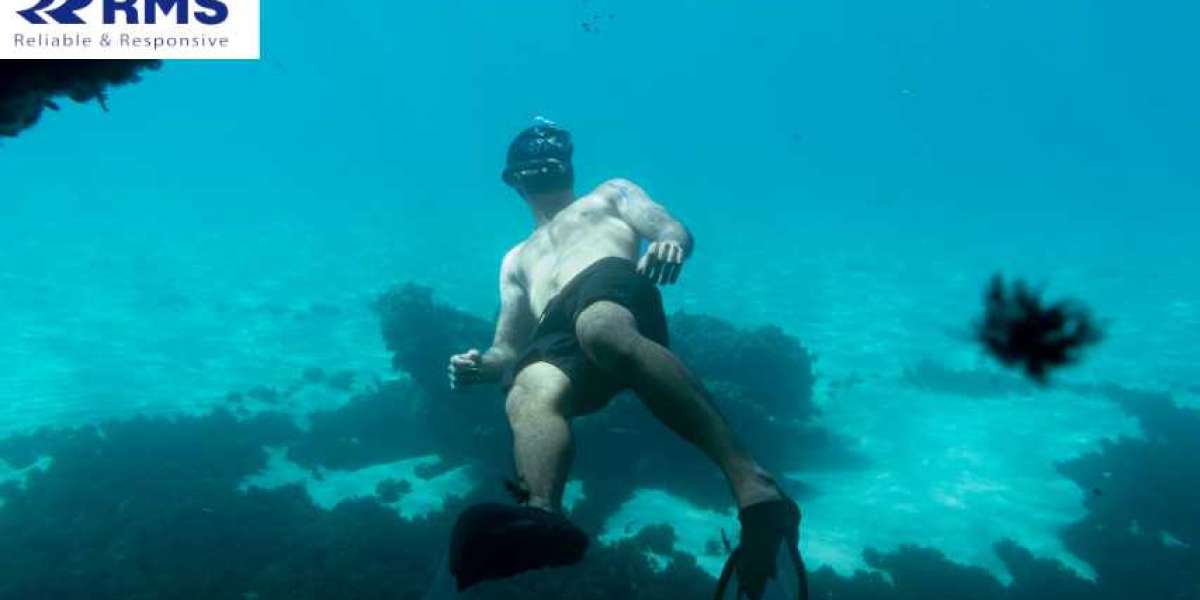The world beneath the waves has always held a mysterious allure. However, beyond its inherent beauty and wonder, underwater environments play a crucial role in various industries and ecosystems. One of the essential activities that take place beneath the surface is underwater inspection—a methodical process that ensures safety, assesses damage, and maintains infrastructure integrity.
Understanding Underwater Inspection
Underwater inspection involves the examination of submerged structures such as bridges, pipelines, dams, ships, and offshore platforms. This process is vital for:
Safety and Maintenance: Regular inspections help identify potential hazards or structural weaknesses that could compromise safety or lead to environmental damage.
Damage Assessment: Following natural disasters, accidents, or normal wear and tear, underwater inspections assess the extent of damage and facilitate effective repairs.
Environmental Monitoring: Inspections can also monitor the health of underwater ecosystems, ensuring human activities do not disrupt delicate marine environments.
Techniques and Technologies
Advancements in technology have revolutionized underwater inspections, making them more efficient and accurate. Some common techniques include:
Divers: Traditional methods involve trained divers equipped with cameras and tools to visually inspect structures up close.
Remotely Operated Vehicles (ROVs): ROVs are unmanned vehicles controlled from the surface, equipped with cameras, lights, and sometimes robotic arms to perform detailed inspections in challenging environments.
Autonomous Underwater Vehicles (AUVs): These are self-propelled vehicles that can navigate underwater autonomously, equipped with sensors and cameras for data collection.
Sonar Imaging: Utilizing sound waves to create images of underwater structures, providing detailed maps of the seabed or submerged objects.
Applications Across Industries
Underwater inspection is indispensable across various sectors:
Oil and Gas: Inspecting offshore rigs and pipelines ensures operational safety and environmental compliance.
Civil Engineering: Assessing bridges, dams, and ports to maintain infrastructure integrity and prevent failures.
Marine Biology: Studying marine life and ecosystems without disturbing natural habitats.
Archaeology: Discovering and preserving underwater cultural heritage sites.
Challenges and Considerations
Conducting inspections underwater presents unique challenges:
Environmental Conditions: Factors such as currents, visibility, and water depth can affect inspection quality and safety.
Technological Limitations: Equipment reliability and maintenance are critical for accurate data collection.
Regulatory Compliance: Ensuring inspections meet legal requirements to safeguard the environment and public safety.
Future Trends
As technology evolves, the future of underwater inspection looks promising:
Artificial Intelligence: AI-driven analytics can enhance data interpretation and predictive maintenance.
Robotics: Advancements in robotics will improve the efficiency and scope of underwater inspections.
Environmental Monitoring: Greater emphasis on sustainable practices and ecosystem preservation.
Conclusion
Underwater inspection is not merely about exploring the depths—it's about ensuring safety, protecting the environment, and maintaining critical infrastructure. As we continue to rely on the oceans for resources and connectivity, the importance of thorough and reliable underwater inspections will only grow. By harnessing technology and expertise, we can continue to explore, understand, and responsibly utilize the underwater world for generations to come.








